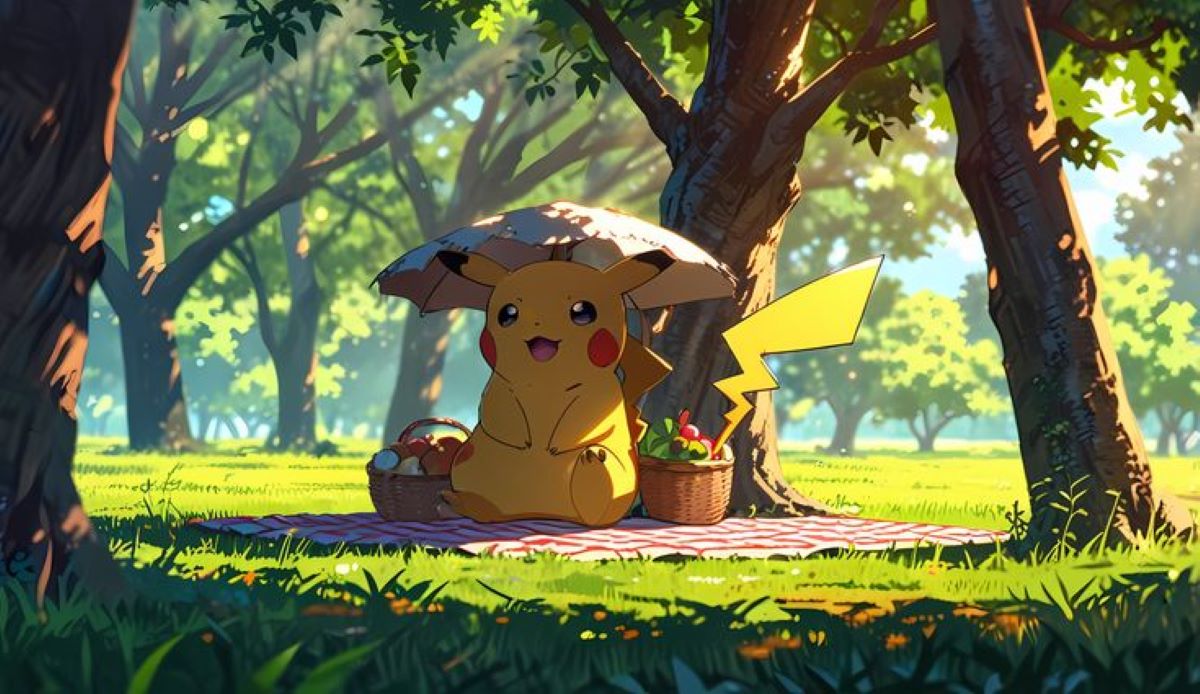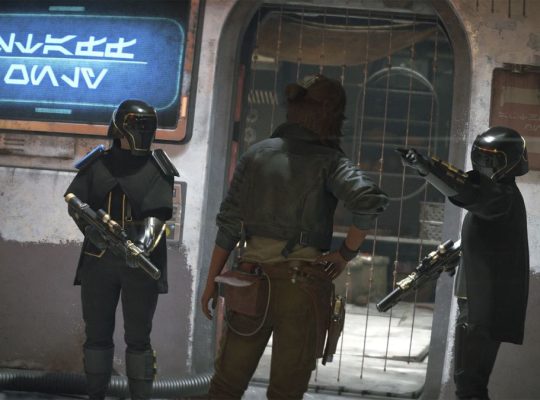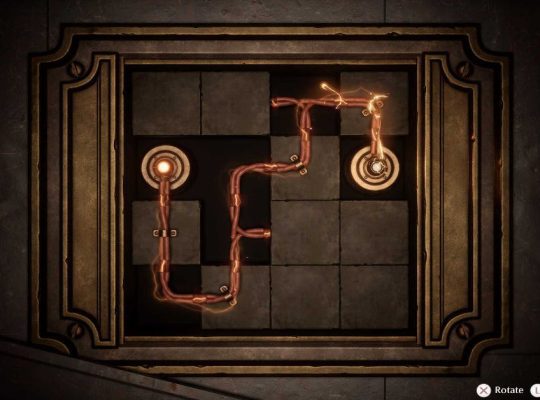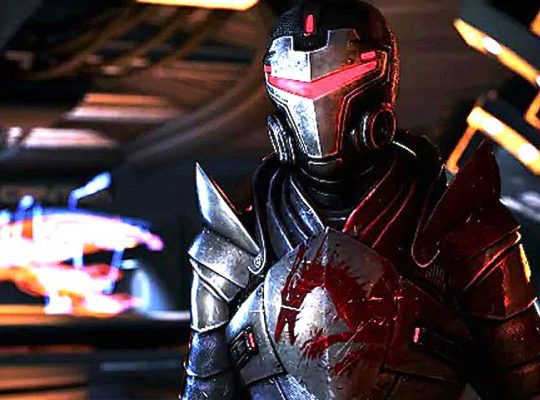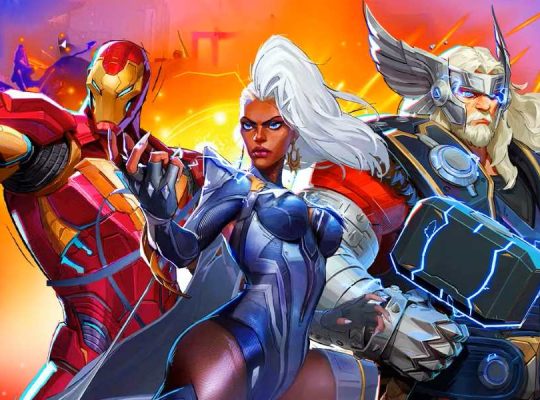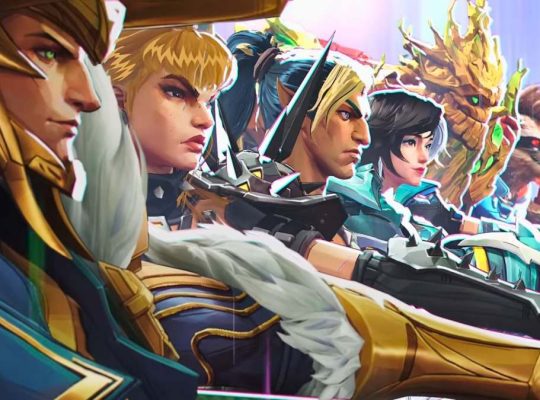Pokemon TCG deck building is also science and art in the Pokemon game. It does not matter whether you are a newbie or a regular pro player. Deck building is crucial, and the most significant part is that you cannot take it lightly.
This manual will walk you through the essential ideas of deck construction, assisting you in creating a deck that is both amusing and effective.
Basics of Pokemon TCG deck building


Before diving into the specifics of deck building, it is vital to recognize the simple shape of a Pokemon TCG deck building.
- Deck Size: A deck needs to incorporate precisely 60 cards.
- Card Types: Your deck will consist of holographic Pokemon cards, Trainer cards, and Energy cards.
- Duplication Limits: You can encompass as many as four copies of any unmarried card (excluding primary Energy playing cards).
The goal is to create a deck that maximizes synergy among these card types while countering your opponent’s strategies.
Choose a Strategy
Every hit deck starts with a clear approach. Here are a few popular deck archetypes:
- Aggro (Aggressive): Focuses on dealing with damage quickly and overpowering warring parties early in the game. Examples encompass decks presenting cards like Charizard Ex or Zacian V.
- Control: Aims to disrupt your opponent’s strategy even as slowly building your win conditions. These decks regularly use cards like Crushing Hammer or Marnie.
- Combo: Relies on particular card combinations to acquire a powerful effect. These decks might utilize cards like Gardevoir ex with Psychic-kind synergy.
- Tank/Stall: Focuses on durability and outlasting warring parties via excessive HPP Pokemon and recuperation playing cards.
Deciding on a method facilitates slimming down your selections and ensures your Pokemon deck building.
Selection for the Pokemon TCG deck-building


Your Pokemon lineup is the core of your deck. When choosing Pokemon :
- Main Attacker: Identify your primary Pokemon, often a powerful Basic or Evolution Pokemon like a VMAX or ex card. Build your deck around this card’s strengths.
- Support Pokemon: Include playing cards that decorate your primary attacker’s strategy, together with drawing more cards (e.g., Bibarel) or accelerating Energy (e.g., Flaaffy).
- Consistency Pokemon: Add cards that help you find key sources, consisting of Greninja for additional attracts or Mew for searching Trainer playing cards. A holographic Pokemon card can be a great addition to your deck.
A usual deck includes 12-20 holographic Pokemon cards, depending on your strategy.
Add trainer cards to the deck.
Trainer cards are the backbone of any successful deck, presenting equipment to guide your strategy. These can be divided into three major classes:
- Supporters: These playing cards frequently provide powerful consequences, like drawing playing cards (e.g., Professor’s Research) or disrupting opponents (e.g., Roxanne).
- Items: Flexible cards that provide various utilities, including searching your deck (e.g., Ultra Ball) or healing (e.g., Potion).
- Stadiums: These cards trade the game environment for your advantage. For example, Path to the Peak can disable certain abilities, while Training Court helps recover Energy playing cards.
A balanced deck generally consists of 30-35 trainer cards. Includes the holographic Pokemon card in the trainer’s card deck.
Balance Your Energy Cards
Energy cards electricity your Pokemon’s attacks. The range and form of Energy cards on your deck rely upon your Pokemon’s Energy necessities:
- Basic Energy: Always consists of sufficient fundamental energy cards to satisfy your Pokemon’s assault fees. Most decks use eight to 12 basic Energy playing cards.
- Special Energy: These offer extra outcomes, inclusive of Double Turbo Energy for quicker setups or Single Strike Energy for extra harm. Be aware of the regulations on Special Energy playing cards.
Avoid such things as too many Energy cards, as they can clog your hand and reduce the consistency of your deck.
Ensure Consistency
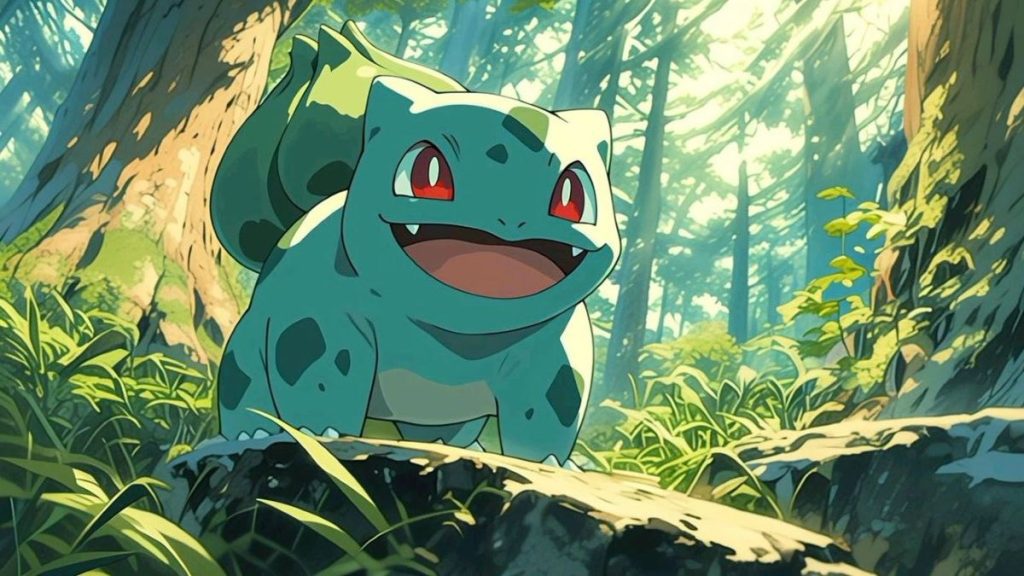

Consistency is the key to a successful deck. You want to reliably draw into the playing cards you want each turn. Here’s a way to gain that:
- Search and Draw Power: Include playing cards like Quick Ball, Nest Ball, or Colress Experiment to discover Pokemon and different sources quickly.
- Supporter Balance: Use a combination of draw, disruption, and healing supports to conform to different eventualities.
- Multiple Copies: Include three copies of important playing cards to boost the chances of drawing them. Holographic Pokemon cards in this crucial spot can help your deck visually.
Test and Refine
Building the deck is simply the beginning. Playtesting is essential for figuring out weaknesses and making adjustments.
- Test Matchups: Play in opposition to quite a few deck archetypes to peer how your deck plays.
- Adjust Ratios: If you’re no longer drawing sufficient Energy or suffering to discover key Pokemon, tweak your card counts.
- Stay Updated: The metagame evolves with new units and strategies, so maintain refining your deck to stay competitive.
Tips for Beginners
- Begin with a theme deck or prebuilt deck and modify it as you research the Point.
- Observe experienced gamers through tournaments or online motion pictures to benefit from insights.
- Local Pokemon Leagues and online forums are extremely good locations to research and get feedback on your deck.
Conclusion
Deck building in the Pokemon TCG is a worthwhile process that combines creativity, approach, and adaptability. With my knowledge of the fundamentals and constant refining of your method, you can create a deck that now not only displays your playstyle but also holds its personal in any match. Happy deck building, and may your top decks constantly be in your way!


